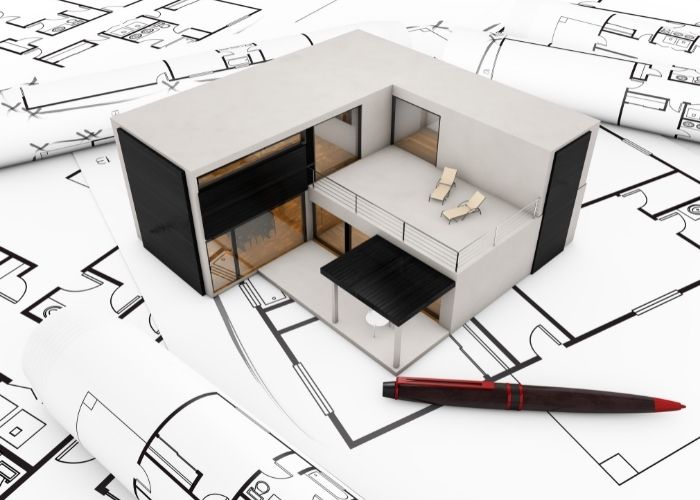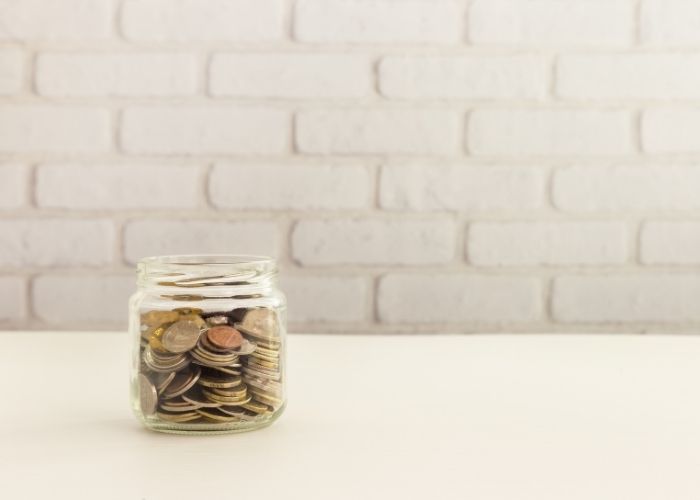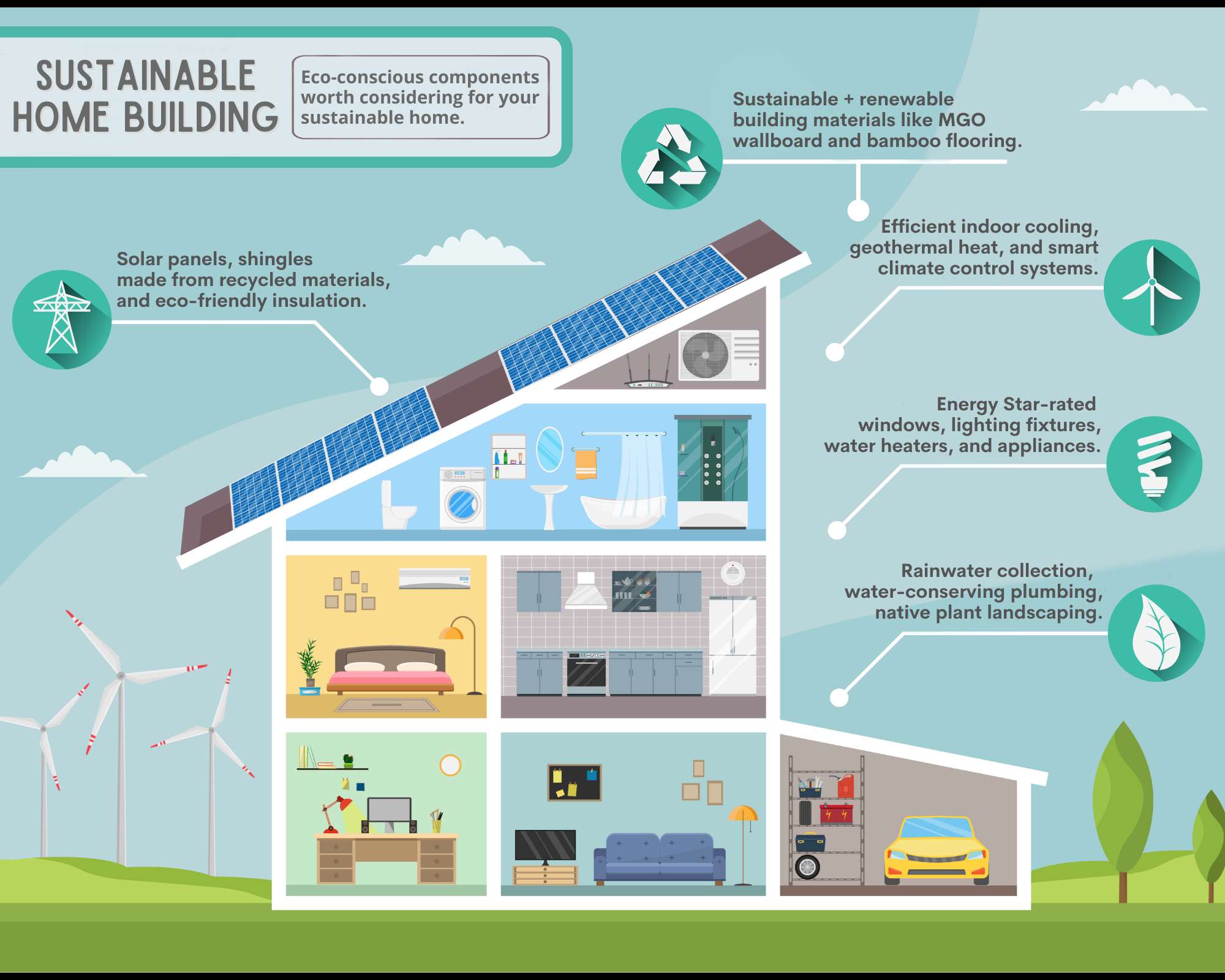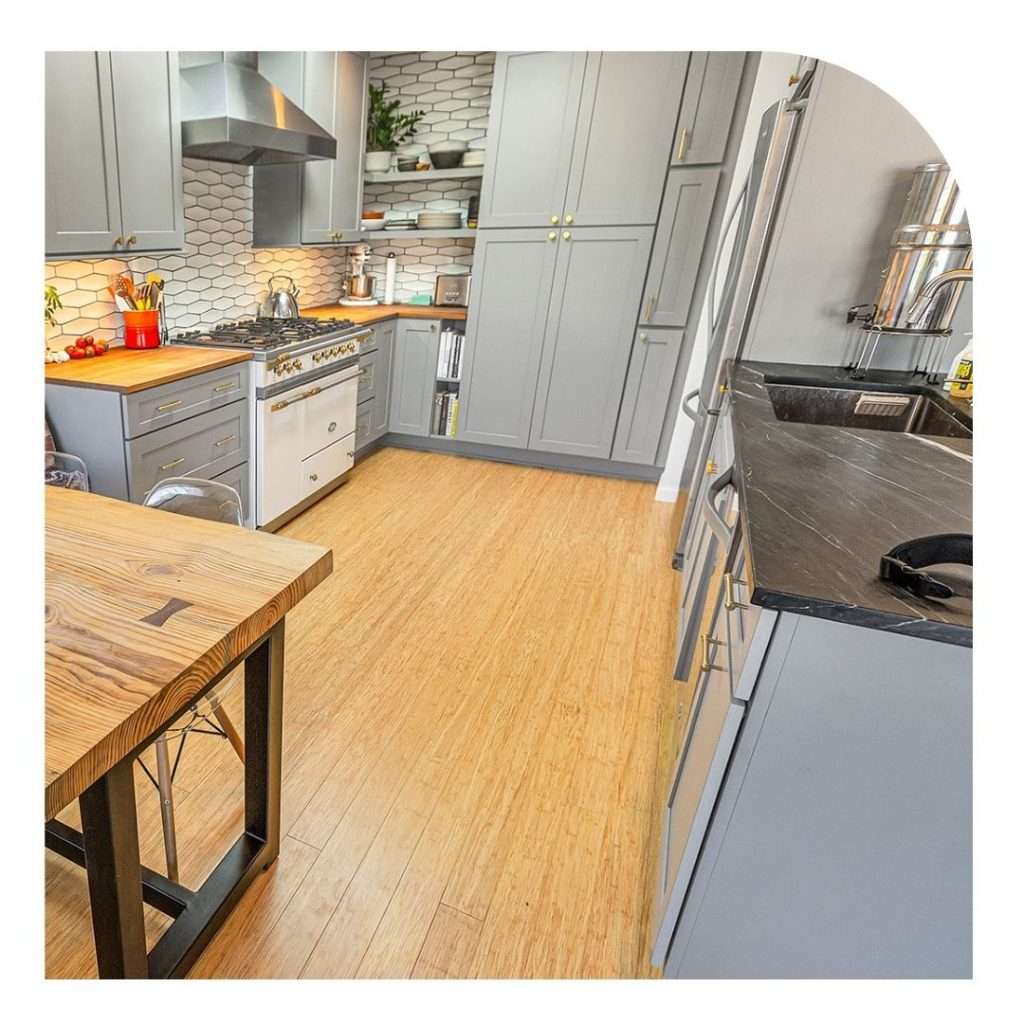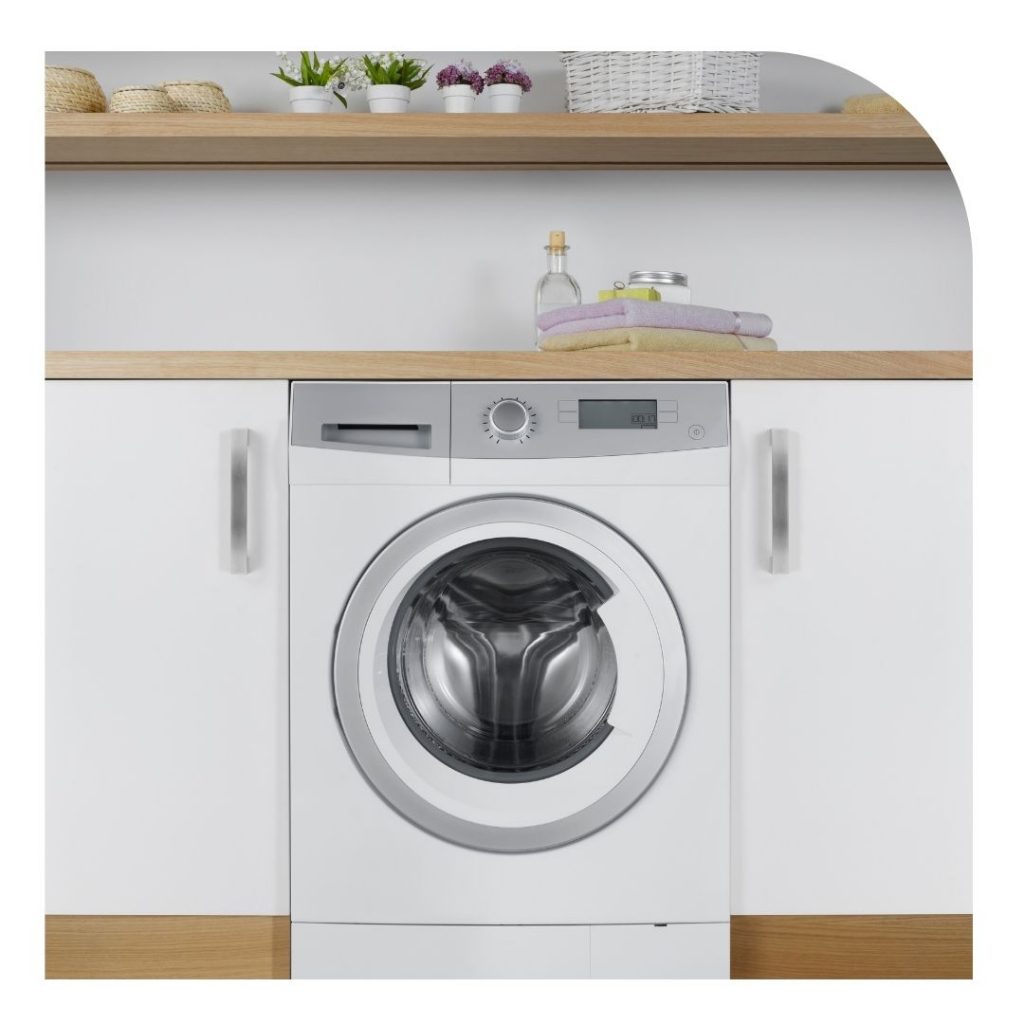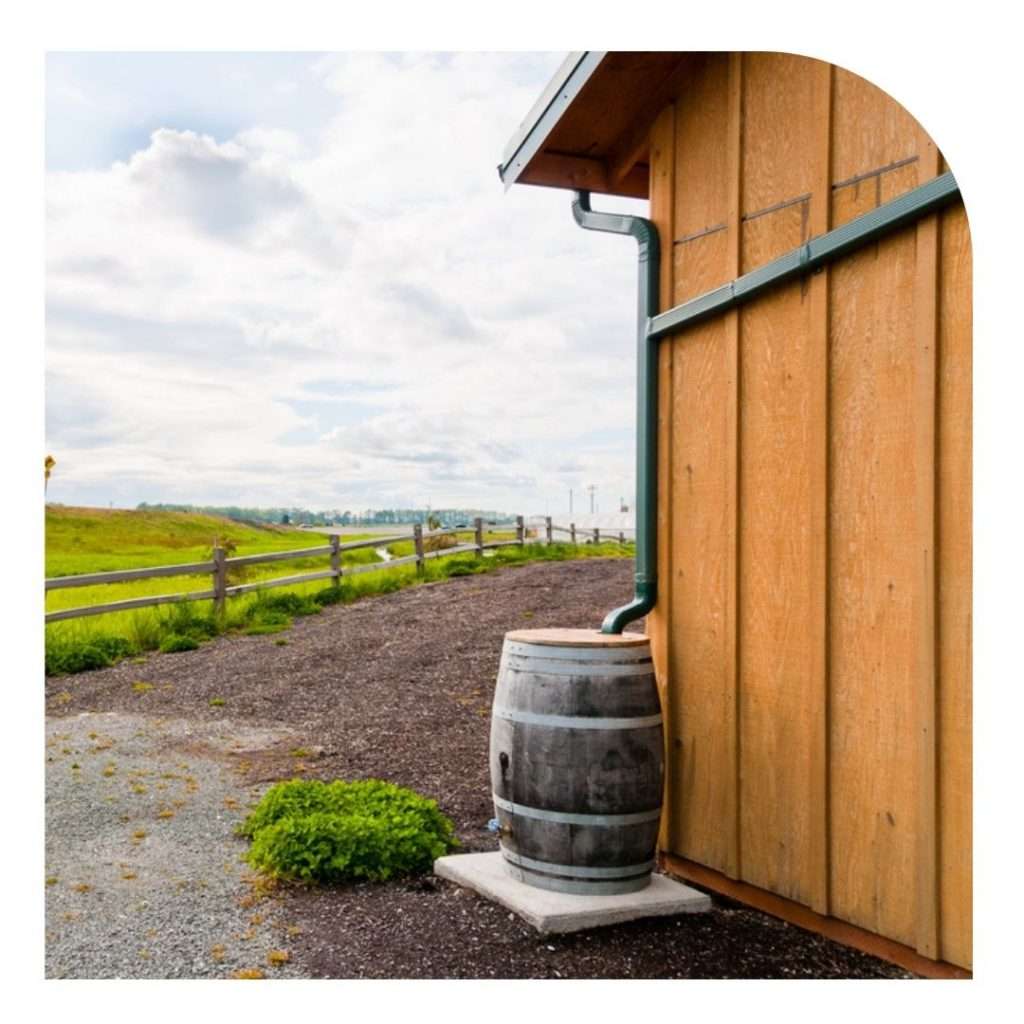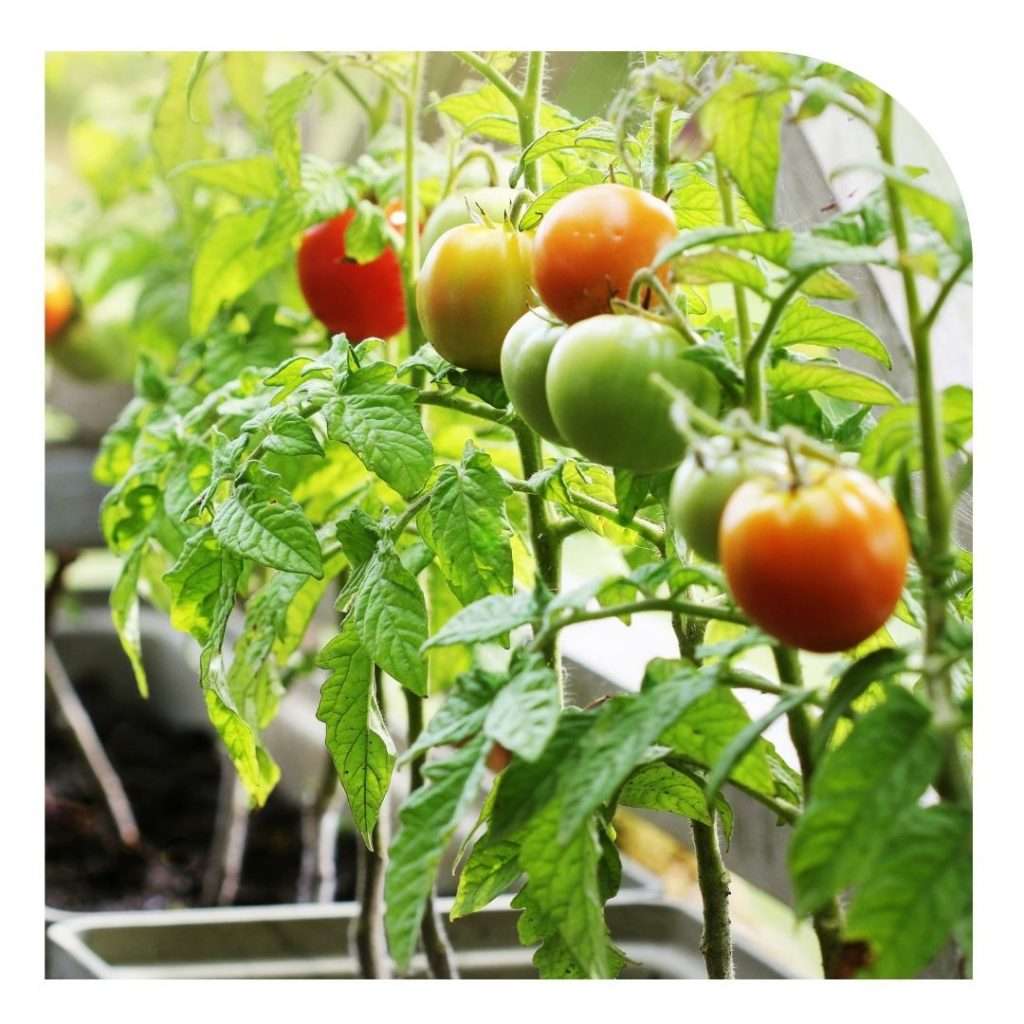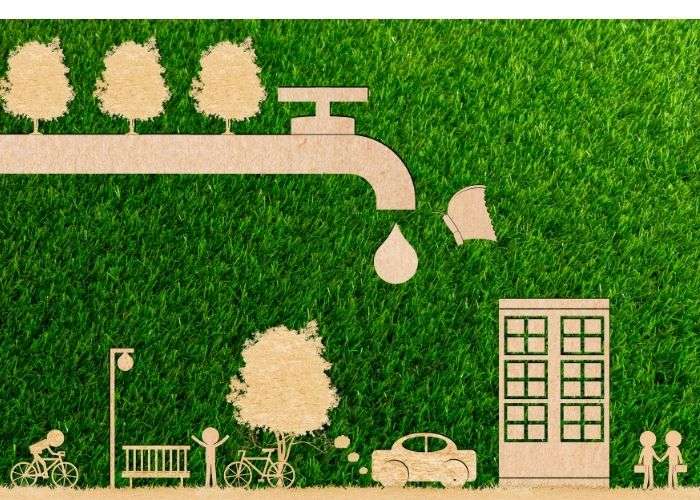If the old American dream was homeownership, the new dream is owning a sustainable home.
Whether you are considering building from the ground up or want to retrofit your existing home to be more eco-friendly, the options for green building continue to grow and improve.
While it is true that there was a time in which being environmentally responsible required a compromise of comfort, that is no longer the case. Improved technologies and greater interest in green construction are driving the marketplace to develop more products for the environmentally-conscientious homeowner.
Proper planning is integral to any major construction project, and the same is true for a sustainable home. Though there are a wide variety of energy-efficient and non-toxic materials in the marketplace, they may not be available close to your building site. Allowing extra time for delivery and special orders is a necessary part of the process. Finding inspectors qualified to certify that green construction is up to code can also be a challenge.
Here are some tips to building a sustainable home!
Defining the Goals of Your Sustainable Home
Not everyone’s goals for sustainability are the same (and they don’t need to be!). Some people want to live in a completely sustainable home and some want to take on a few projects to improve energy efficiency. Each and every step that reduces dangerous carbon emissions and conserves energy and resources is a valuable one.
The word “sustainable” refers to being able to continue an activity without end. Warming or cooling your home with passive solar energy is a great example of this. As long as the sun shines, your home will be comfortable.
“Green,” on the other hand, refers to practices that are intended to have the least possible impact on the environment. A positive impact is even better! Choosing low-VOC and locally sourced materials are perfect examples of the green ideal.
Most eco-friendly builders combine elements of sustainability and green building to create spaces that work within their surroundings while showcasing the best use of natural and recycled materials.
Whether your goal is to make your current home more sustainable or to live completely off-grid, using sustainable and green building materials is key.
Sustainability and Location
In addition to materials, one of the most important elements of sustainable construction is the location of a building.
Location issues to consider include:
- Sensitive Sites: Building in a high-risk area like a flood zone is not sustainable
- Orientation: Will your site allow you to maximize passive solar practices?
- Material Sourcing: How far will construction materials have to travel to get to you?
- Layout: Is your site conducive to an energy-efficient design?
- Infrastructure: Where will your water and other utilities come from?
Not everyone can or wants to live in a remote area and grow all their own food. That’s only one version of sustainability.
Locating your site close to public transportation or within walking distance of your workplace or other essential services is another equally valuable way to live a more eco-friendly life.
The Budget: How Much Green Does it Cost to be Green?
“I love budgeting,” said no dreamer ever. Setting a realistic budget may not be the most exciting part of the process, but it is important.
Before talking with an architect or home designer, you need to understand the constraints of your budget. You need your design team to understand these limitations, as well. Without an estimated budget, plans can easily spiral out of reach before the first cob brick is laid.
The average cost to build a home in the U.S. is around $100 to $155 per square foot, according to HomeGuide. Of course, there are a great many factors that influence that price, starting with property values in your area.
Studies have found that a green home can cost an additional 12% to 20% more when compared to traditional construction. But you’re not done yet. Experts recommend adding another 5% to 10% to your budget for unexpected costs, otherwise known as a contingency fund.
The good news is that any project that makes your home greener or more sustainable will probably also save you money in the long run. This is especially true for new construction, where savings in energy costs are estimated to be $1,500 to $1,800 per year.
Valuing the Experts in Sustainable Home Building
Don’t know where to start? Finding knowledgeable resources in the world of sustainable construction will help.
Leadership in Energy and Environmental Design (LEED) is the world’s most recognized eco-building rating system. The organization maintains a vast network of green-certified architects, designers, and contractors from all over the U.S. and internationally.
With a subscription to LEED, you can access accredited green construction courses, credentials, certified products, project ideas, and a vast community of sustainability advocates around the world.
Working with contractors that understand your goals and know how to achieve them in the most cost-efficient way can save money in the long run.
Selecting Green Building Materials
The number of options that are available for new construction and retrofits are so abundant that it can be difficult to narrow your choice of materials. That’s another reason why it’s good to have an expert and a budget working for you from the start.
What Are Sustainable or Green Materials?
When you’re researching building materials for your sustainable home, it’s easy to get caught up in the “green” buzzwords that are sometimes meant to deceive more than define. The following guide to common terms will help to ensure that you are investing in the kinds of materials you really want.
Sustainably Harvested
Wood taken from responsibly-managed forests is referred to as sustainably harvested. Responsibly managed forests preserve the diversity and health of the ecosystems and respect the rights of indigenous people. For a supplier to achieve this designation, they must understand that clear-cutting is prohibited and that harvesting practices should be documented and certified.
Recycled & Reused
Recycling and reusing may be the ultimate examples of sustainability. As long as humans produce waste, recycling can continue.
Reusing whole materials as they are, like installing used doors and windows in your home, is a low-tech example of this practice. Some materials undergo a more complicated transformation to become green building materials, like when old tires are reprocessed into new rubber flooring.
Easily Renewable
When a natural resource can be quickly generated for multiple harvests without negatively impacting the environment, it is considered to be easily renewable.
Bamboo is one of the most popular materials in green building practices because it is a fast-growing grass, not wood. The natural beauty and durability of bamboo make it a great option for flooring, countertops, and shelving.
Locally Sourced
Using materials that are grown or made within a 100-mile radius of your building site reduces the carbon footprint required for delivery.
Supplies that are freighted great distances use more fuel and produce more pollution. Locally sourced products may or may not also be sustainable products, but it is certainly a green choice to source building materials close to home.
Low VOC
Paints, sealants, adhesives, some types of insulation, treated wood, and other common construction materials contain volatile organic compounds that can be harmful to people and the environment. Low VOC products contain fewer or none of these harmful compounds.
Putting It All Together
Congratulations! You’ve found a great location, made a budget, connected with sustainable home design experts, and have an understanding of sustainable materials. You’re finally ready to start your project.
Now, it’s time to decide which types of systems and construction materials you want to use.
Structural and Finish Materials
From the wood your house frame is built with to the wallboard, roofing materials, insulation, and exterior and interior paint, you have a plenty of opportunities to help the environment while building your sustainable home.
Sustainable materials to consider include:
- Bamboo flooring
- Reclaimed masonry, such as stones, pavers, and bricks
- Roofs shingles made from recycled content
- Recycled steel
- Energy Star windows
- Eco-friendly insulation
- Non-toxic and recycled carpeting
- Low-VOC sealants and adhesives
- Sustainably-harvested wood
Even small choices like selecting magnesium oxide panel (also known as MgO board) instead of traditional drywall or countertops made from recycled material can make a difference.
Appliances
Using Energy Star appliances is probably the easiest way to improve energy efficiency in your home. Don’t limit your thinking to stoves and refrigerators.
The list of Energy Star-rated equipment may be longer than you realize, including:
- AC and heating units
- Water heaters
- Televisions
- Computer monitors
- Washers and dryers
- Microwaves
- Dishwashers
- Indoor lighting fixtures and ceiling fans
- Windows
- Telephones
- Electric vehicle chargers
In other words, if it needs to be plugged in, there is probably an Energy Star version available.
HVAC Systems
An energy-efficient heating, ventilation, and air conditioning system (HVAC) can dramatically lower utility costs. Whether you’re building or retrofitting, installing modern heating and cooling systems complete with a smart thermostat will allow for maximum comfort inside your home with minimal energy use.
Water
Water conservation is a major issue across much of the U.S., especially for those living in drought-ravaged areas. Make sure to incorporate one or all of these ideas into your green design:
- Rainwater and greywater collection
- Water-conserving plumbing (such as low-flow toilets)
- Solar or tankless hot water heater
Fortunately, there are many ways to conserve water without giving up the luxury of a hot shower.
Renewable Energy
Solar panels are the most widely-used sustainable energy source for residential use, but they’re not the only option. Depending on your region, wind power or geothermal heat may also be available to you. Ask your local energy provider about the availability of renewables.
Landscaping
Minimizing maintenance and water usage are two vital considerations when you’re planning the landscape design for your sustainable home.
Look for plants that are native to your environment. They require almost no care and are already adapted to the natural soil and water conditions in your area.
If you enjoy exercising your green thumb, plant a food garden instead of ornamentals. Make sure the fruits and vegetables you select will thrive in your area.
What’s Trending in Sustainable Home Building?
Innovation and design philosophies continue to improve sustainable home building. When we talk about a “trend” in eco-friendly construction, the focus is typically on new, exciting ways to incorporate green design—not aesthetic trends that will date your home in a few years.
Zero Net Energy Homes
A zero net energy (ZNE) home takes sustainability to another level. ZNE buildings generate as much, or even more, energy than they consume.
Focus on an energy-efficient building envelope keeps energy consumption low while renewable energy sources power the home.
Prefabricated Green Home Kits
You know that sustainable homes have gone mainstream when they are available in a prefab kit.
For the highest eco-friendly standards, look for kits that are designated as LEED, ZNE, or Passive House ready. Building from a kit can be cost-effective when you factor in the time and labor that is saved. By using a kit, you will end up with little to no construction waste when the job is done.
Water Conservation
As climate change continues to affect rainfall around the world, concerns about freshwater supply are taking the lead in sustainable home building. Worry over water restrictions and rising water prices are also motivating builders to take a better look at ways to better conserve this natural resource.
Water-conserving fixtures are part of the answer, along with rainwater catch and greywater recovery systems.
Green roofs are the rising trend in water-saving construction. When it is installed correctly, a green roof is durable, lasting longer than traditional asphalt shingles. It can also prevent a large portion of stormwater from running into the sewers.
While initially more expensive than installing traditional shingles, you can expect a life span of 50 years from a properly maintained green roof.
Finding Materials for Your Sustainable Home
Ambient carries a wide variety of eco-friendly products to help you make your sustainable dream home into a reality. Explore our sustainable building products, including MagPanel (non-toxic drywall substitute) and beautiful, easily renewable bamboo and eucalyptus flooring.
Ambient sources environmentally-responsible building materials to tens of thousands of designers, builders, architects, and homeowners in the U.S. and around the world. We offer free product samples and excellent customer service to help you make the best possible choices for your new — or improved — green home.

About the Author
Meet Bridgett, your friendly neighborhood green building guru! With more years of experience than she’d like to admit, Bridgett is your go-to expert for all things eco-friendly construction. She’s on a mission to make your home the envy of every tree hugger in town (and maybe even the squirrels 🐿️). Let’s build a greener, funnier, and all-around better world together – one enlightened eco-conscious choice at a time!

